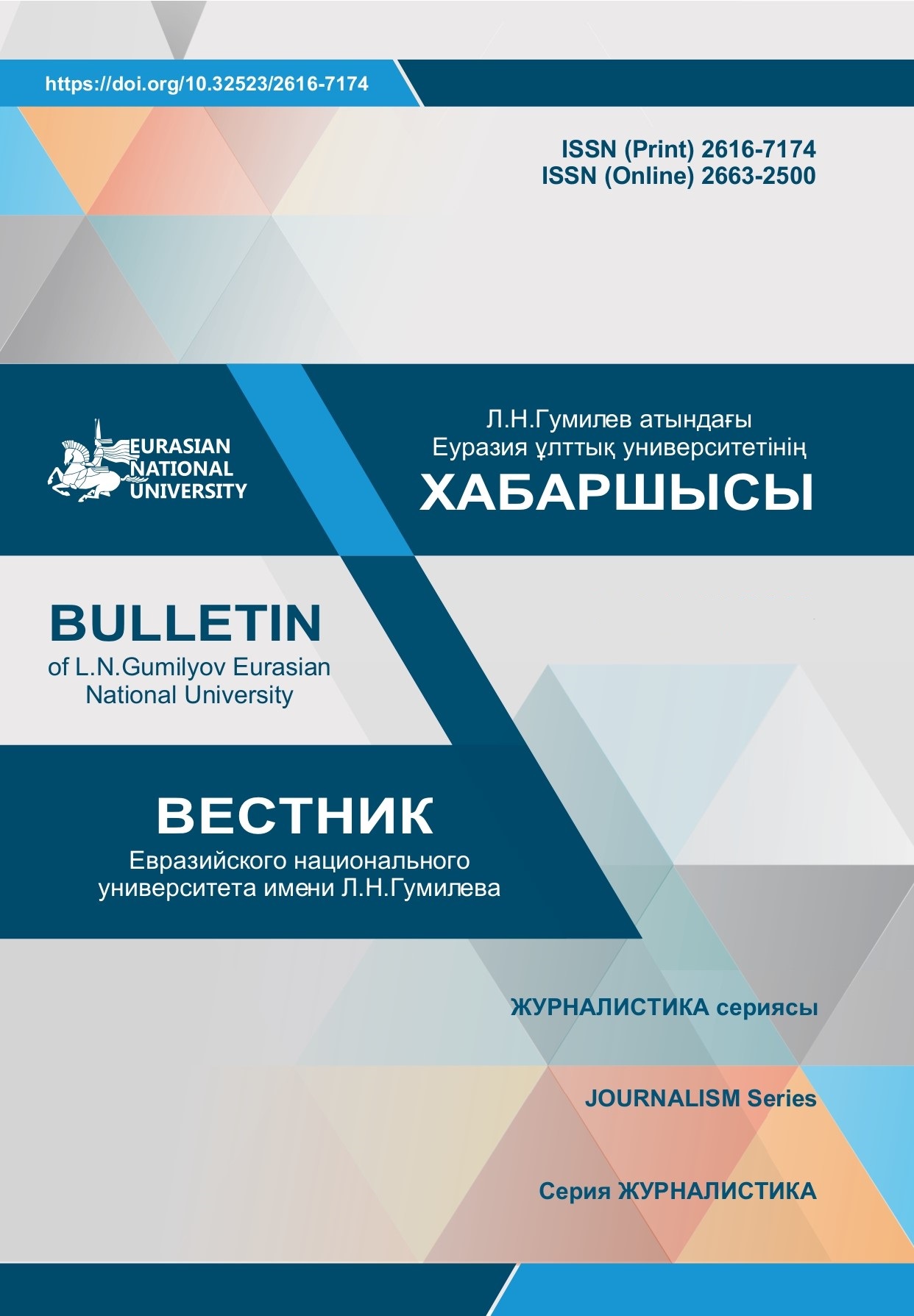Methodology and multi-agent analytical tools for marking up news texts
Views: 122 / PDF downloads: 141
Keywords:
multi-agent approach, mass media, tonality, objectivity, manipulativenessAbstract
The article describes an approach to creating a web resource for the application of a multiagent model for working with marked-up corporate news texts. Such mark-up will allow to experimentally
confirming the effectiveness of algorithms for feature recognition in news texts. The main objectives of the
research are (1) development of an online module for marking-up news texts by volunteers; (2) the use of the
obtained mark-up results by researchers when working with text corpora; (3) comparison of the results of multiagent (volunteers, experts, algorithms) mark-up; (4) providing free access to a marked-up corpus of news texts
in 3 classes: sentiment (positive/neutral/negative), objectivity/subjectivity, manipulative/non-manipulative. The
implementation of markup tools is based on a multi-agent approach, which takes into account 6 agents for
generating news content. And also, their interaction in shaping the agenda and, in general, shaping the culture
of news consumption.
The developed web resource, along with the main functionality for mark-up, allows monitoring the mark-up
results using analytical visualization tools. The main results of the study are: (1) obtaining a marked-up corpus of news texts by various agents for (2) developing and testing algorithms for recognizing informative features
in news texts.


